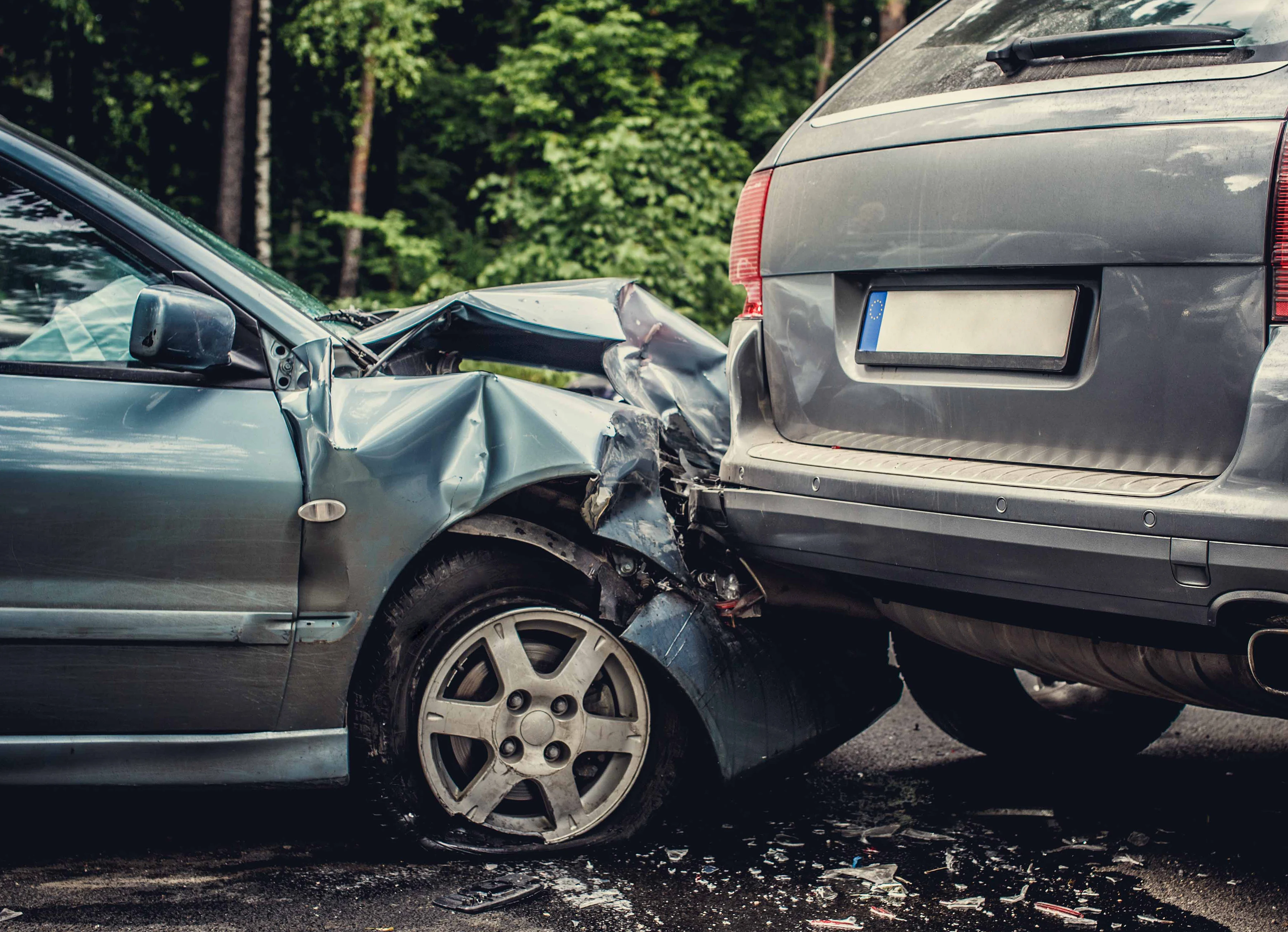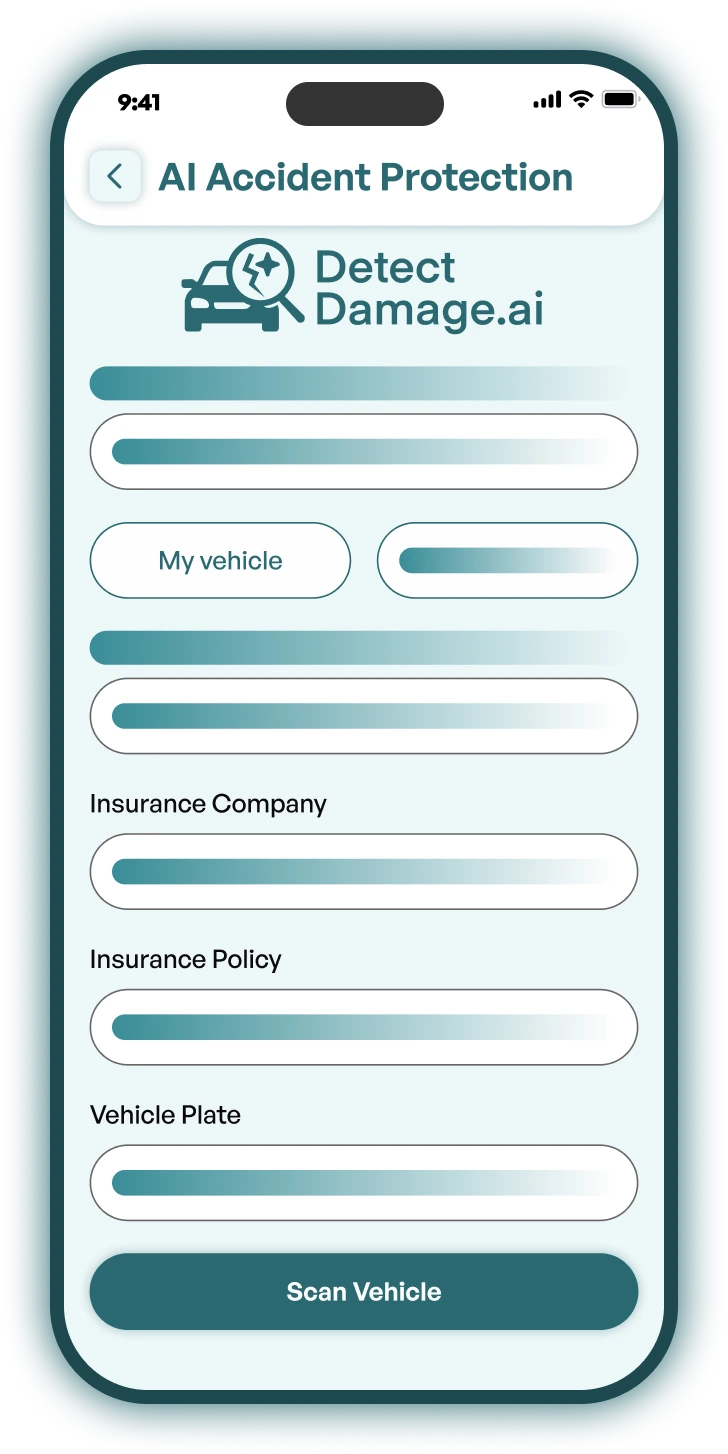If I am involved in a car accident what should I do?
If you're involved in a car accident, the most important thing is to prioritize safety. Stop your vehicle safely, turn on your hazard lights, and check for injuries. If anyone is hurt, call for emergency services immediately. Exchange details with the other driver (if any) and any witnesses, but avoid admitting fault or apologizing at the scene. Document the accident with photos or videos and report it to your insurance company.

Use Detectdamage.ai to scan your vehicle after the accident. This advanced tool helps you quickly and accurately identify and document any bodywork issues. Providing detailed, objective damage reports can support your insurance claim and protect you from disputes or liability for pre-existing damage.

Here's a more detailed breakdown:
1. Ensure Safety and Seek Medical Attention
- Stop immediately: It's a legal requirement to stop after an accident, even a minor one.
- Turn on hazard lights: Alert other drivers to the accident.
- Assess for injuries: Check yourself, your passengers, and anyone else involved for injuries.
- Call for help: If there are injuries, especially serious ones, call 999 (emergency services) immediately.
- Consider the scene: If it's safe, move your vehicle to a safe location, away from traffic.
2. Exchange Information and Document the Scene
- Exchange details: Get the other driver's name, address, phone number, and insurance information.
- Note down witnesses: If there are any witnesses, get their contact information as well.
- Document the scene: Take photos or videos of the damage to all vehicles, the accident location, and any relevant road markings or signs
- Make notes: Write down details about the accident, including the date, time, weather conditions, and any other relevant information.
3. Report the Accident
- Notify the police: If there are injuries, significant damage, or if the other driver leaves the scene, report the accident to the police.
- Inform your insurance company: Even if you don't plan to make a claim, it's important to inform your insurance company about the accident.
4. Avoid Certain Actions
- Don't admit fault: Avoid apologizing or admitting fault at the scene, as this could affect any potential insurance claims.
- Don't argue: Stay calm and avoid getting into arguments with other drivers.
- Don't delay: Seek medical attention and report the accident promptly to avoid complications.
5. Important Considerations
- Legal requirements: Be aware of the legal requirements for reporting accidents in your area.
- Insurance policies: Understand the terms and conditions of your insurance policy, particularly regarding reporting and claims.
- Professional advice: If you're unsure about any aspect of the accident or your rights, seek advice from a solicitor or your insurance company.
- Service history: Ensure the car's service history matches the lease agreement and that all scheduled maintenance has been completed.
By following these steps, you can ensure a smooth and hassle-free return of your leased vehicle.
Frequently Asked Questions
What to do next?
What to do next?
What to do next?
What to do next?
